Chapter 15 - Support, Movement and Locomotion
Skeletal System
It consists of 3 main types of tissues:
(a) Cartilage
(b) Bones
(c) Muscles
It’s functions are to:
- Protection
- Support
- Muscle attachment
- Movement
- Storage of calcium
- Blood cells formation
Skeleton of Humans
- Axial Skeleton (Skull, back bone, ribs)
- Appendicular Skeleton (Limbs)
- Girdles (pelvic girdle, shoulder girdle)
Skull : The most anterior part of the body. It encloses and protects the brain. It also holds and protects the main sense organ.
Backbone: It makes the central axis of the body. It keeps us upright and holds the weight of body. It is made of 33 irregular bones stacked one above the other.
Ribs: Encloses and protects the heart, lungs and major blood vessels. They also move to bring inhalation and exhale.
Shoulder Bone: A triangular, flat bone with a shallow cavity on narrower end. It joints the arm to the axial skeleton.
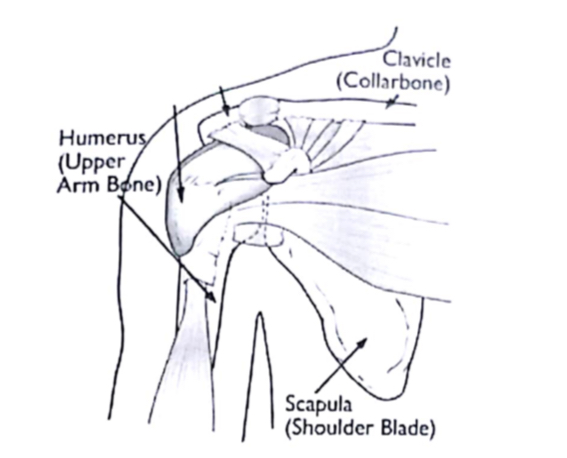
Collar Bone: It prevents the shoulder from bending inward
Ulna and Radius:
Ulna is longer than radius
Ulna is thicker than radius
Ulna has cavity where part of humerus fitted to make hinge joint.
Ulna has an extended bone
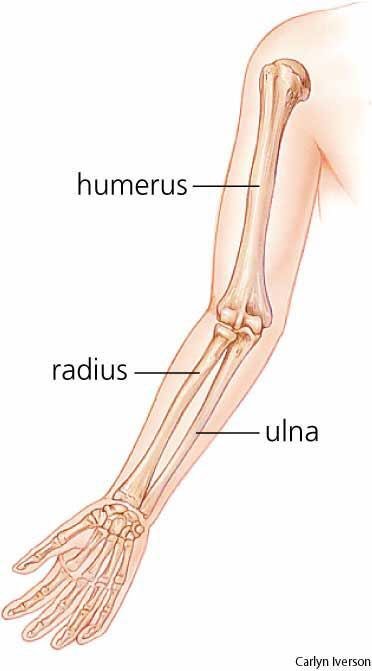
Humerus: A long bone with a rounded head epiphysis and a long central shaft called endophysis.
Joints:
Ball and Socket: moves 360 degrees in all planes.
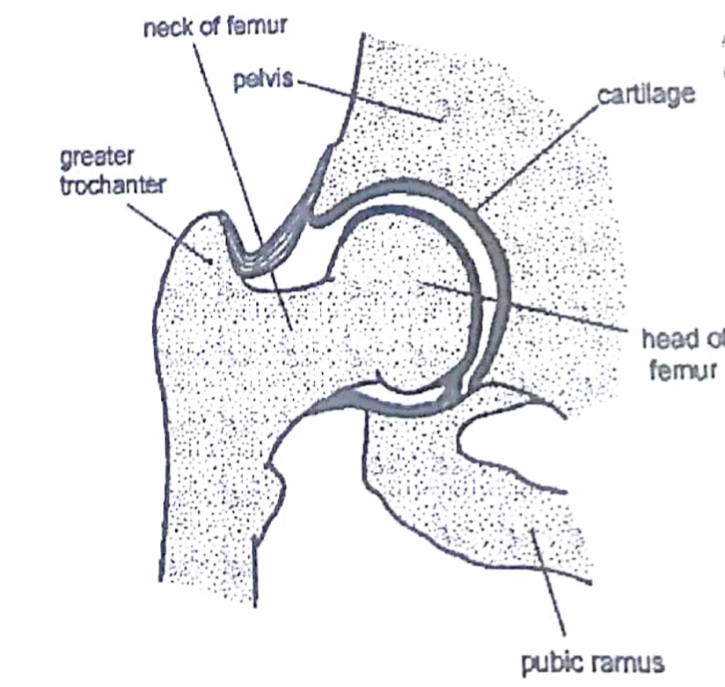
Hinge Joint: function like the hinge on a door, allowing bones to move in one direction back and forth with limited motion along other planes.
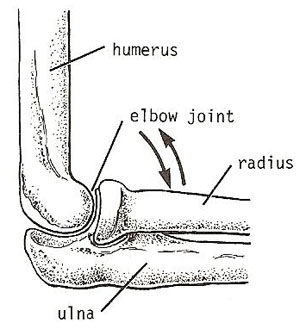
Antagonistic Muscles:
Muscles contract and pull the bones. They can never push bones back.
When the muscles contract they shorten in length.
To move a bone at a joint, muscles contract. They are arranged in pairs called antagonistic pairs i.e. when one contracts, the other relaxes.
Teeth
Types of Teeth:
Incisors (8 in number)
- The front four teeth on each jaw.
- It is used for biting and cutting the food.
Canines (4 in number)
- One sharp/ pointed tooth on either side of both of the jaws next to the incisors.
- It is used for cracking nuts
Premolars (8 in number)
- Two premolars next to incisors on either side of both the jaws. On the lower jaw they have two roots whereas on the upper jaw, a single root. The crown has cusps which increase surfaces that come in contact for grinding.
Molars
- 3 molars next to premolars on both sides of each jaw.
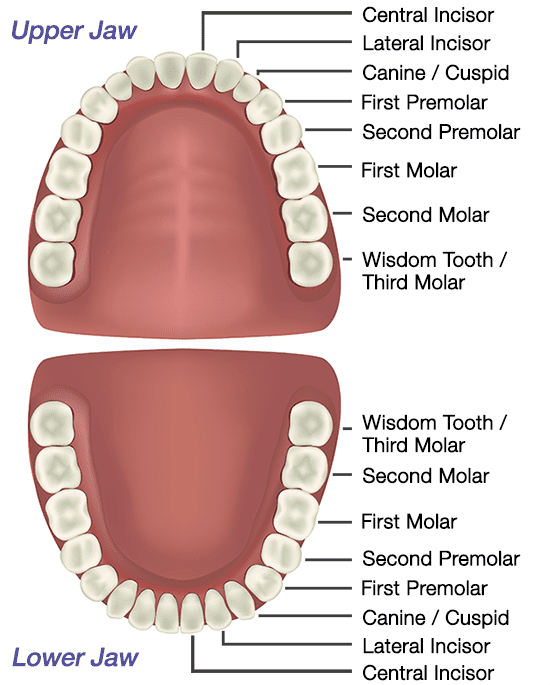
Causes of Dental Decay:
- Intake of sugary foods
- Oral unhygienic
- Food, bacteria and mucus deposited on teeth as plaque
- Bacteria break down sugars to make acids
- Acids decrease pH of the mouth
- It corrodes the surface of teeth
- The minerals deposit in the plaque
- Plaque is hardened to tartar which is not removed by simple brushing.
- Tartar roughens the surface of teeth
- More food deposits. More breakdown of food anaerobically lower pH further
- It keeps on eroding the enamel
- Enamel is a harder tissue. It takes longer to be eroded, however once it is eroded, denting is exposed, which makes a tooth sensitive to hot and cold.
- Erosion of denting exposes pulp, which makes the tooth painful.
Prevention of Dental Diseases:
- brushing regularly
- Dental floss
- Regular visits to dentist
- Cut down sugar intake
- Use of fluoride tooth paste
- Scaling
- Use of fluoridated water
- Dietary fibers